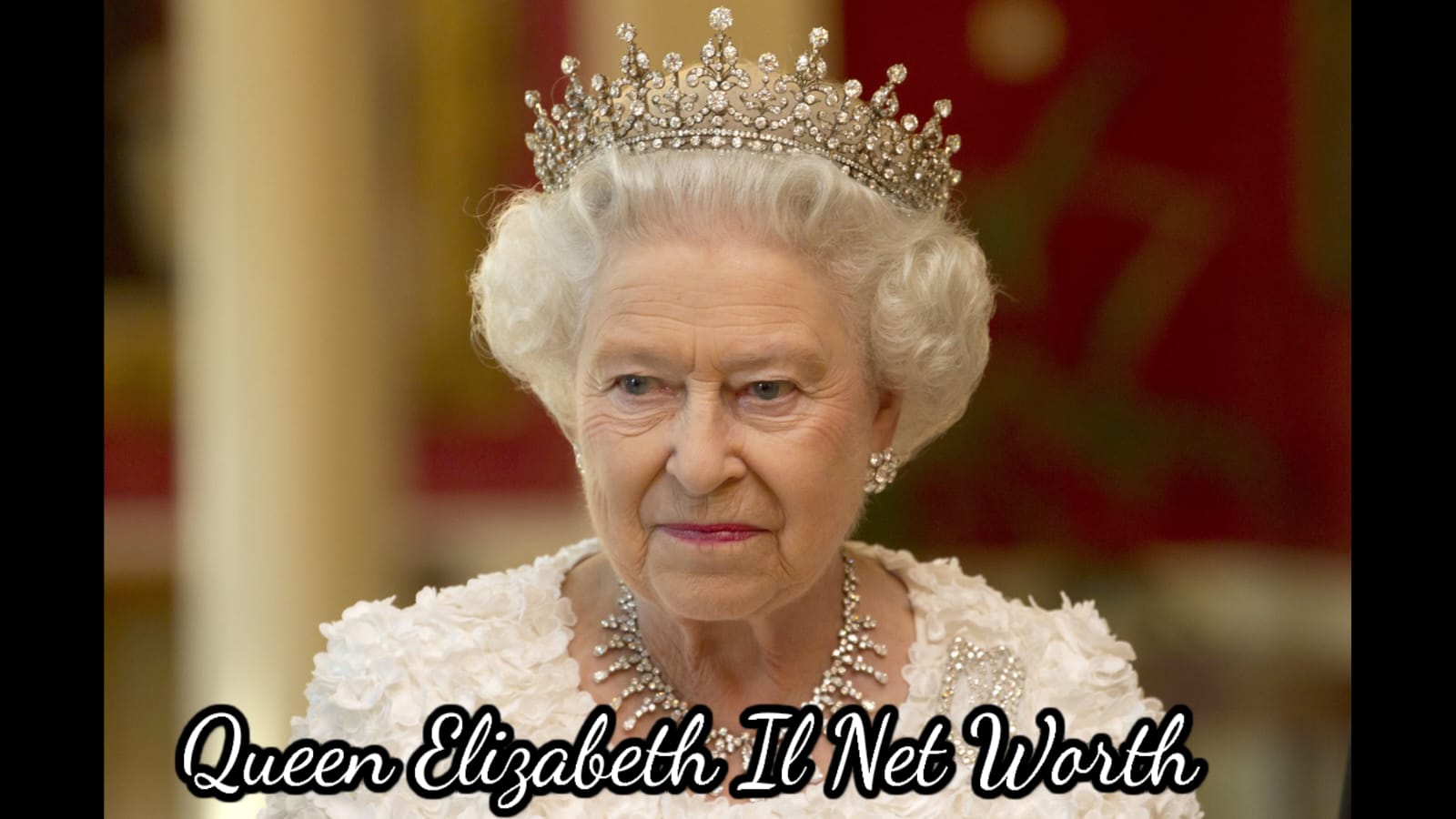Queen Elizabeth II’s Net Worth: A Comprehensive Overview
Queen Elizabeth II, the longest-reigning monarch in British history, is a figure whose wealth and assets have often intrigued both royal enthusiasts and financial analysts. As of her passing in September 2022, Queen Elizabeth II’s net worth reflected a lifetime of service, heritage, and extensive assets accumulated over decades. This article delves into the details of her net worth, the sources of her wealth, and the legacy she leaves behind.Queen Elizabeth II’s Net Worth 2024: Wealth Overview
Table of Contents
Understanding Queen Elizabeth II’s Net Worth
Queen Elizabeth II’s net worth, estimated at around $500 million to $600 million at the time of her death, is a figure that encompasses various assets, including real estate, investments, and personal collections. This valuation includes both personal wealth and assets associated with the Crown.
Sources of Queen Elizabeth II’s Wealth
- The Crown Estate: Although not personally owned by the Queen, The Crown Estate, which includes a vast portfolio of land, properties, and commercial investments across the UK, is an essential part of the royal financial structure. Valued at around £15 billion, the Crown Estate’s profits are used to fund the Sovereign Grant, which supports the royal family’s official duties and operations.
- The Duchy of Lancaster: This private estate, which is owned by the reigning monarch, is a significant source of personal income. The Duchy of Lancaster covers over 18,000 acres of land and includes commercial properties, farms, and forests. It generates substantial annual revenue, which contributes to Queen Elizabeth II’s personal wealth.
- Sandringham House and Balmoral Castle: Queen Elizabeth II personally owned Sandringham House in Norfolk and Balmoral Castle in Scotland. These historic residences are not only cherished personal retreats but also valuable assets. Sandringham House, with its 20,000 acres, and Balmoral Castle, spanning 50,000 acres, contribute significantly to her overall net worth.
- Jewelry and Art Collections: The Queen’s personal jewelry collection, including iconic pieces such as the Cullinan Diamond and the Imperial State Crown, represents a substantial portion of her wealth. Additionally, her art collection, which features works by renowned artists and priceless antiques, adds to her net worth.
- Investments and Cash Reserves: Queen Elizabeth II’s personal investments, including stocks, bonds, and other financial assets, also contribute to her wealth. These investments are managed to ensure continued growth and stability of her financial portfolio.
The Impact of Queen Elizabeth II’s Net Worth
Queen Elizabeth II’s wealth had a multifaceted impact:
- Royal Duties and Public Engagements: Her financial resources enabled her to fulfill her extensive royal duties, support various charities, and engage in numerous public engagements.
- Preservation of Heritage: Her wealth allowed for the maintenance and preservation of historic estates and royal residences, ensuring the continuity of British heritage and history.
- Economic Influence: The assets associated with the Crown, including The Crown Estate and Duchy of Lancaster, play a significant role in the UK economy, generating revenue and supporting public projects.
Legacy and Future Considerations
Queen Elizabeth II’s passing marks the end of an era, and her wealth and assets will be managed according to her will and the protocols of the British monarchy. Her legacy extends beyond financial metrics, encompassing a lifetime of dedication, service, and a profound impact on British and global history.
Her wealth will be distributed among her heirs and will continue to play a role in the financial structure of the British monarchy. The management and distribution of her assets will be closely observed, as they will shape the future of the monarchy and influence public perceptions .Queen Elizabeth II’s Net Worth 2024: Wealth Overview
Conclusion
Queen Elizabeth II’s net worth reflects a blend of personal wealth, royal assets, and historical significance. From her extensive real estate holdings to her priceless collections, her financial portfolio underscores her role as a prominent global figure. As her legacy continues to unfold, her wealth remains a testament to her enduring influence and the storied history of the British monarchy.
